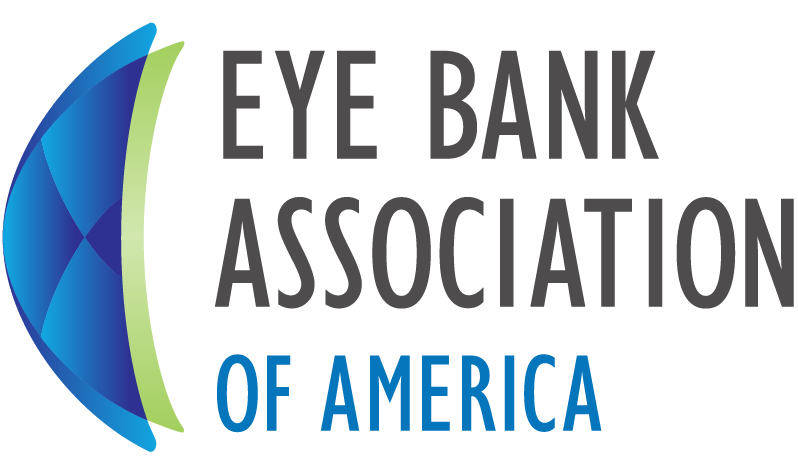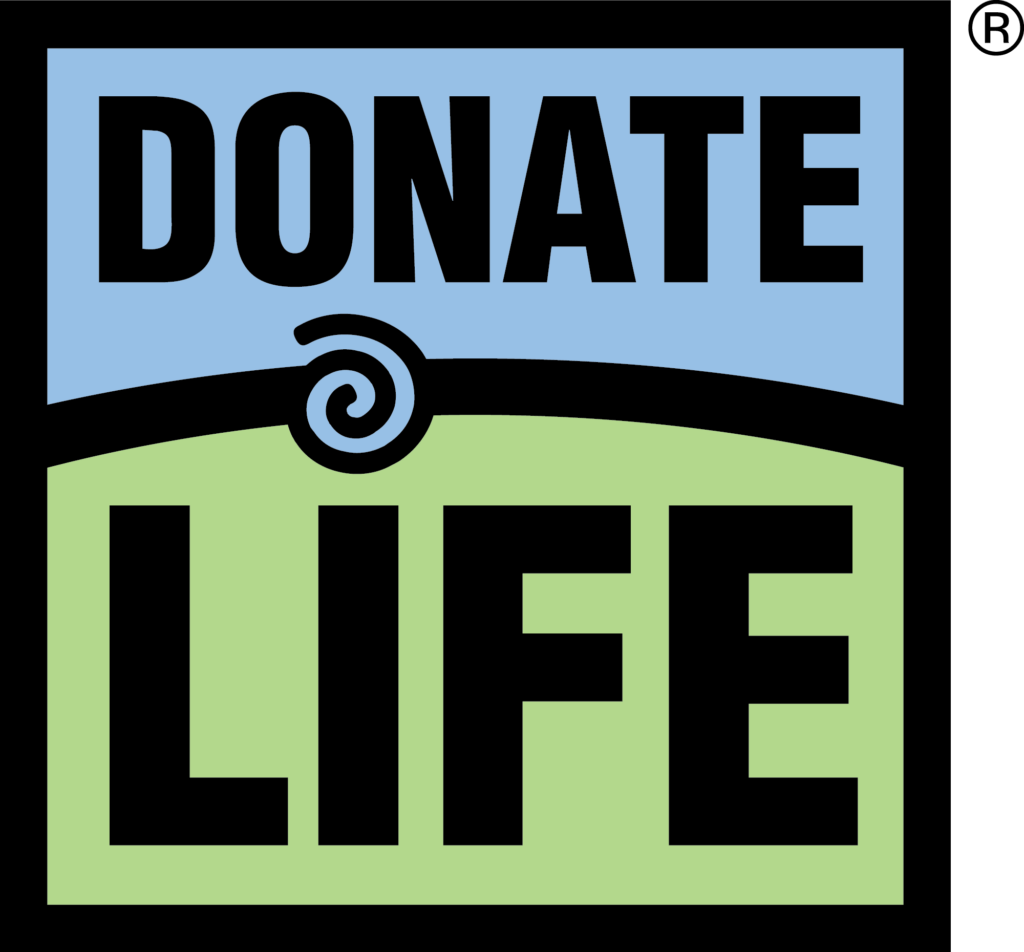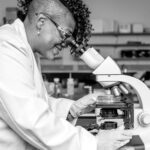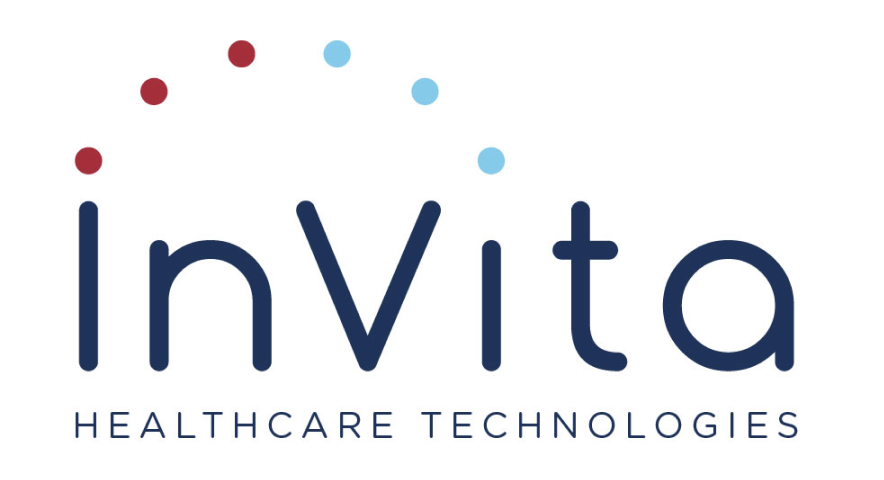Why should you be a donor?
- Age, gender, race and quality of sight are not factors in cornea donation.
- All major religions support eye, organ, and tissue donation.
- Most donors find joy knowing that they can save or improve the lives of others after they have died.
- Donor family members are comforted by the knowledge that their loved ones have contributed to the lives of others.
Facts about cornea donation
- Cornea transplants are successful 95-99% of the time.
- Nearly 50,000 corneas were transplanted in the U.S. last year; that many people would fill a baseball stadium.
- An additional 20,000 corneas were sent to surgeons overseas, where demand is even greater.
- Over 10 million men, women, and children around the world suffer corneal blindness. Most are in developing countries that lack the infrastructure to support donation and the eye banking process.
- U.S. eye banks also provided 26,000 corneas for research and education purposes, to find treatments and cures for eye diseases.





